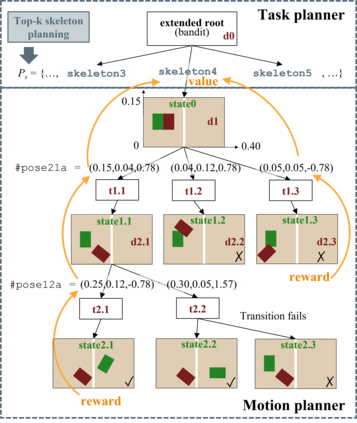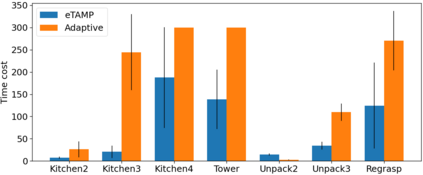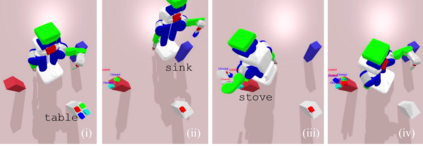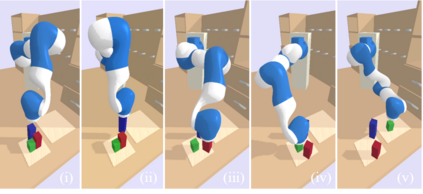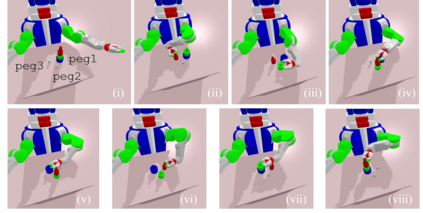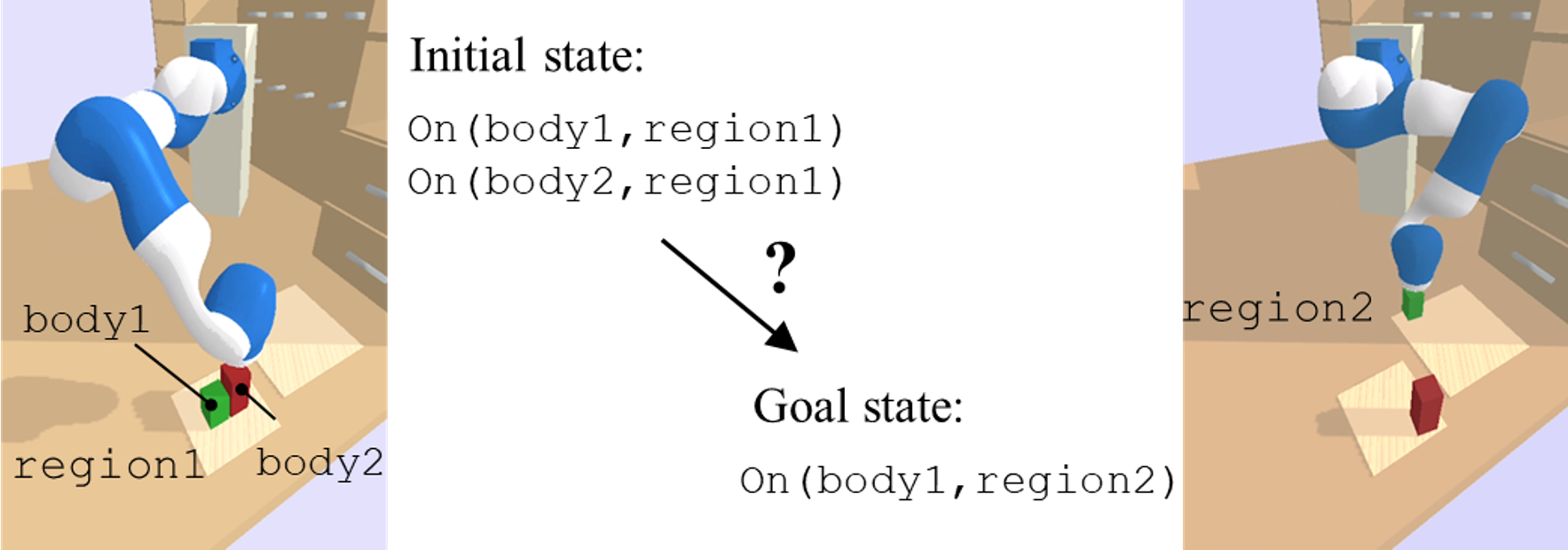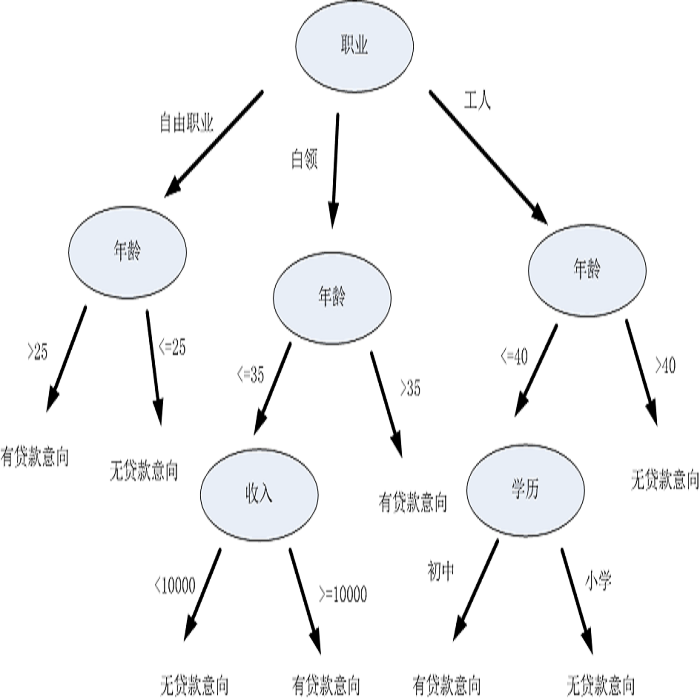Integrated task and motion planning (TAMP) is desirable for generalized autonomy robots but it is challenging at the same time. TAMP requires the planner to not only search in both the large symbolic task space and the high-dimension motion space but also deal with the infeasible task actions due to its intrinsic hierarchical process. We propose a novel decision-making framework for TAMP by constructing an extended decision tree for both symbolic task planning and high-dimension motion variable binding. We integrate top-k planning for generating explicitly a skeleton space where a variety of candidate skeleton plans are at disposal. Moreover, we effectively combine this skeleton space with the resultant motion variable spaces into a single extended decision space. Accordingly, we use Monte-Carlo Tree Search (MCTS) to ensure an exploration-exploitation balance at each decision node and optimize globally to produce optimal solutions. The proposed seamless combination of symbolic top-k planning with streams, with the proved optimality of MCTS, leads to a powerful planning algorithm that can handle the combinatorial complexity of long-horizon manipulation tasks. We empirically evaluate our proposed algorithm in challenging robot tasks with different domains that require multi-stage decisions and show how our method can overcome the large task space and motion space through its effective tree search compared to its most competitive baseline method.
翻译:综合任务和运动规划(TAMP)对于普遍自治机器人来说是可取的,但同时也具有挑战性。TAMP要求计划者不仅在大型象征性任务空间和高分层运动空间中搜索大型象征性任务空间和高分层运动空间,而且还要处理由于其固有的等级过程而造成的不可行的任务行动。我们建议TAMP建立一个新的决策框架,为象征性任务规划和高分层运动变量建立扩大的决策树,从而扩大决定范围;我们将头部规划工作明确生成一个骨架空间,供各种候选骨架计划使用。此外,我们有效地将这一骨架空间与随之产生的运动变异空间结合起来,形成一个单一的扩展决策空间。因此,我们利用蒙特-卡洛树搜索(MCTS)来确保每个决定节点的勘探-开发平衡,并优化全球范围,以产生最佳的解决办法。拟议将象征性的顶层规划与流和已证明最优化的MCTTS结合起来,导致一个强大的规划算法,能够处理长期相交汇的复杂操作任务。我们通过实验性评估我们提出的具有挑战性的大多数机器人任务的算法,通过多阶段搜索方法来显示我们如何克服空间的大规模研究方法。




